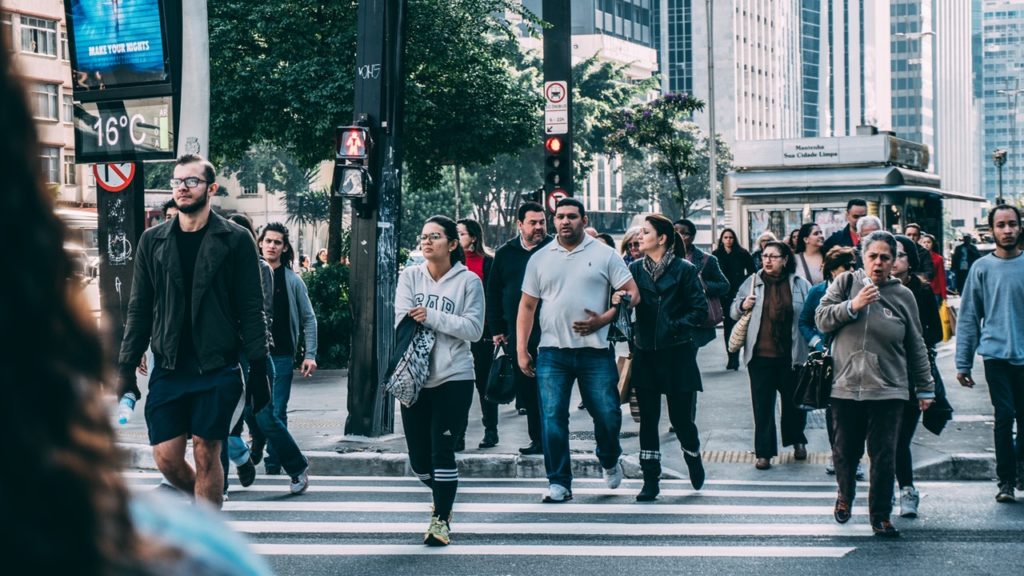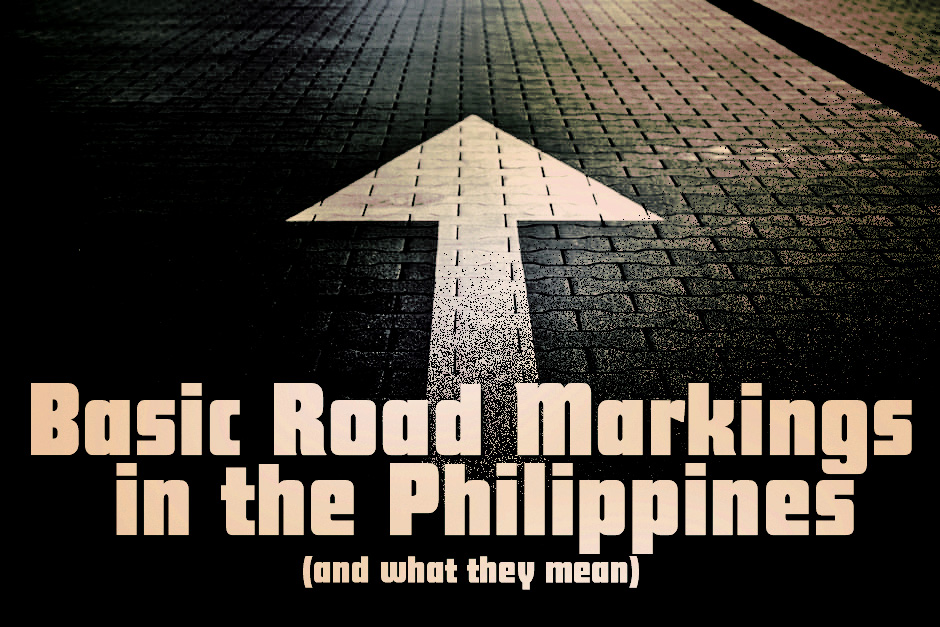What are the basic road markings in the Philippines and what do they mean?
- White Lines
- Diagonal White Lines
- Solid White Center Lines
- Broken White Lines
- Solid White Horizontal Lines
- Yellow Lines
- Double Yellow Lines
- Solid Yellow Lane Divider
- Broken Yellow Lane Divider
- Yellow Box
- Other Road Signs
- Mixed Double Lane Divider: Solid Yellow With Broken Yellow or White Lines
- Broken Blue Lane Divider
- Zebra Crossing
- Rumble Strips
- Lane Arrows
Understanding the meanings of road lines in the Philippines is one of the most basic lessons new and experienced drivers need to master. If there’s one thing you should know before hopping in your Toyota Vios, it’s that the Philippines has a driving culture that does not necessarily follow road markings.
It may be because of habit, arrogance, lack of information or sometimes lack of consistent road markings. But there’s no reason for you to do the same. It’s time to set yourself apart from the numerous bad drivers out there that don’t even pay attention to these markings.
White Lines
Diagonal White Lines
There are a number of white road line meanings in the Philippines. Diagonal white lines are usually seen outlined by a solid white line. It signifies an area that is not technically part of the actual roadway. By right, vehicles are never to occupy these areas outside of emergency situations.
Solid White Center Lines
This is used to separate traffic between two flows of traffic. It is solid because it is used in multi-lane roads and has to be distinguished from the broken lines. This also means that drivers are discouraged to overtake on this side unless there is no oncoming traffic.
Broken White Lines
This can be seen in two situations. One is when you’re on a two-lane road. Broken white lines signify the center of the two lanes. The other time is on a multi-lane road where it’s meant to guide drivers of the different lanes. Basically, this is meant to tell you to stay in your lane. You can cross these lanes when overtaking just give way to those already in the lane.
Solid White Horizontal Lines
You will see this in intersections or in the presence of traffic lights. The horizontal line is the point where you have to stop on a stop sign or when the light turns red.
Yellow Lines

Double Yellow Lines
Aside from white lines, there are also multiple yellow road line meanings in the Philippines. Double yellow lines indicate that it’s hazardous for drivers to overtake at any time. Usually, you’ll see these lines on blind curves or when there are no other lane dividers on the road.
Solid Yellow Lane Divider
This is extremely important, especially when driving along EDSA. This solid yellow line signifies the bus lanes on EDSA. However, it can also mean bike lanes in other areas. By right, these lanes are supposed to be buses only.
Broken Yellow Lane Divider
In EDSA, once you see a solid yellow line turn into broken yellow lines, this means that it’s ok for vehicles other than buses to merge in this lane. Be wary though, because the buses still hold the right of way.
Yellow Box
These yellow boxes with X’s on them are seen in intersections. You should never stop within the yellow box at these intersections. It must always be kept clear even if the light is green. If you see that the other side of the intersection is congested, you cannot queue within the box.
Other Road Signs

Mixed Double Lane Divider: Solid Yellow With Broken Yellow or White Lines
There are also road markings that use a combination of white and yellow lines. These are specifically used when the lanes of the main road and a smaller road intersect. The yellow line indicates that a car cannot cross lanes from it. The white lines indicate that the vehicle from the smaller road may merge into the highway as long as the way is clear.
Broken Blue Lane Divider
Besides white and yellow lanes, you will also notice broken blue lane dividers along major roads. This was set up by the Metropolitan Manila Development Authority (MMDA) in 2012 as a motorcycle lane. Riders may only use this lane on major roads in order to keep them safe from larger vehicles. Cars are free to move in and out of the lane, but they are still preferably reserved for motorcycles.
Zebra Crossing
A zebra crossing is the marking of a pedestrian crossing zone. Vehicles are not allowed to stop over these lines during a red light as it constitutes a traffic violation. This also keeps pedestrians who are crossing safe from any collisions with vehicles.
Rumble Strips
These are not only seen but felt as well. These horizontal, narrowly spaced lines are placed right before hazards, merging lanes, or blind curves. Once you feel it shaking your car, it is time for you to slow down.
Lane Arrows
Lane arrows are used to inform drivers of where their lane can turn to. These arrows range from single-headed arrows, double-headed arrows, or U-shaped arrows. Take note of these important markings as some areas strictly enforce these for their lanes.
Straight-headed arrows mean that the lane you are in only allows you to head straight. Double-headed arrows mean that you are allowed to turn both left and right in your lane. Notice that these particular markings are usually seen in the innermost lane. There are also U-shaped arrows that will tell you that a U-turn slot is coming up soon.
Key Takeaway
Whether you are driving a Toyota Fortuner, a Toyota Wigo, or a Toyota Vios in the Philippines, it is important to be a responsible driver and get to know these basic markings. Don’t succumb to the culture of drivers who are oblivious to these markings. Become a model example and show the roads that anyone can be an asset on the road.


